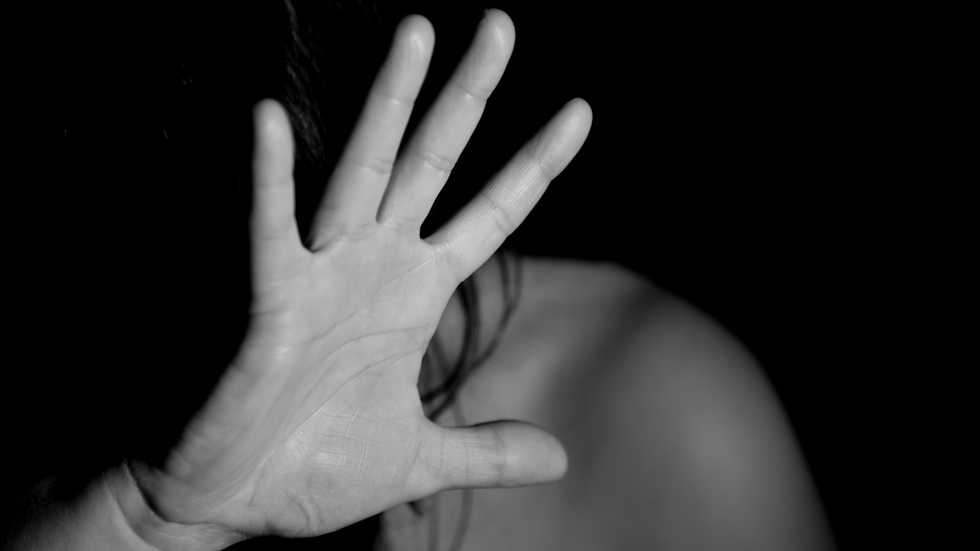Trypophobia has been described as the fear of irregular patterns or clusters of holes and bumps. The problem for someone like me that suffers from this fear is most articles online about trypopohbia include the fear inducing images. So this article is for those of us who can't even look up the answer to our own problem. At the end of this article there will be a link to an open Facebook page that collects videos and pictures that induce our fear. Unlike some sites or web searches might claim, trypophobia is not a hoax. You can read any of the articles below to learn more.
It wasn't until recently that I knew the name of my fear. As a kid I had seemingly random fits when I would be outside and see weird holes and lines in the sidewalk or a plant. This emotion could also be better described as disgust or rage and it would make me completely stop whatever I was doing. Even as I am writing this my skin is crawling and my shoulders are scrunching up from the thought of those experiences. Those who suffer from this phobia often have the feeling of itchy or crawling skin, nausea, panic attacks, sweating and extreme discomfort.
Even though this phobia has not been officially recognized by any medical society and is rarely used in research, there is some speculation among scientists who will consider the phenomenon.
Just to warn you, all of the links below lead to articles or papers that contain images related to trypophobia.
There was an experiment done by Tom Kupfer and the University of Kent with 600 people who either self diagnosed or declared they did not have trypophobia. They were shown a group of images such as diseases, holes in a brick wall and lotus plants. The study went on to rank the level of discomfort each participant had when viewing each image. The authors concluded that trypophobia might mean the aversion to 'roughly circular objects' as a signal of danger from disease or parasites.
According to a magazine article by Cole and Wilkins, those who have more than just a fear of holes, but real disgust, might be reacting to a biological brain function that recognizes danger. Think about it, some of the deadly sea creatures, fruit and insects have small holes and irregular patterns. So more broadly, trypophobia could also be related to the fear of deadly animals.
According to a Popular Science article, whose author reached out to multiple psychologists, one of them said that he isn't surprised to hear of a fear of clustered holes. Phobias can be based on anything, including past experiences or observations of situations involving other people. If you look elsewhere on the internet there are a lot of fears out in the world from dogs to water. While the word trypophobia is related to holes, it could also be related to the fear of asymmetry—the fear of things that are not symmetrical.
Masai Andrews, who we will call a pioneer, started a Facebook group and a now defunct website called Trypophobia.com, in order to realize his belief that more people were affected by this fear. Also, according to the PopSci article, in 2009 he tried to put up the first Wikipedia page on trypophobia that kept being taken down. I just checked and the page that exists now originated in 2012. Andrews credits the term trypophobia to a blogger from Ireland who put together the Greek words for 'boring holes' and 'fear'.
There are other Facebook groups and reddit boards out there that will give you more than your fill of trypophobic images. But if that is not for you and you still want to learn more, make use of the text only plugin on Chrome. That's what I'm doing.
And now for those images. As the author I will make my exit now and follow the link if you must. You are truly on your own now.






 The minimum wage is not a living wage.
StableDiffusion
The minimum wage is not a living wage.
StableDiffusion
 influential nations
StableDiffusion
influential nations
StableDiffusion












